Ultimate Guide to Medical Fetish
Medical fetishism is a broad term for erotic interest in medical settings, roles, tools, and procedures, anything from role-play exams and hospital aesthetics to specific practices like auscultation (listening with a stethoscope), taking vitals, speculum play, enemas, catheters, injections, play-piercing, e-stim, or dental vibes.
Not pathology. In modern sexology/psychiatry, atypical interests are not mental disorders unless they cause distress or involve non-consent. DSM-5 draws a clear line: a paraphilia can be benign; a paraphilic disorder requires harm or significant distress. That distinction destigmatizes consensual kink, as research in psychiatric journals confirms.
Who's into this? Kink-oriented folks are broadly, psychologically typical, often thriving. A well-cited study of BDSM practitioners found lower neuroticism and higher subjective well-being than controls.
Why it's hot. From a relational lens, medical play offers a paradox that fuels desire: tenderness inside structure, vulnerability inside ritual. Evolutionary and biopsychosocial perspectives suggest power-exchange and sensation-seeking may be rooted in wiring that finds adaptive value in exploration, trust building, and meaning-making through controlled intensity.
And from the lived-experience angle, you'll hear versions of this line again and again: "I love the taking-care-of-you element." As one Redditor put it: "I also really enjoy the 'taking care of your partner' or 'giving them personalized medical care' element."
Want to explore medical roleplay scenarios with your partner? The BeMoreKinky app features over 25 power dynamic roleplays including Doctor & Patient Exam scenarios, plus dozens of caring activities that blend authority with tenderness, helping couples discover what resonates with them.
The psychology of medfet: care, control, and the erotic mind
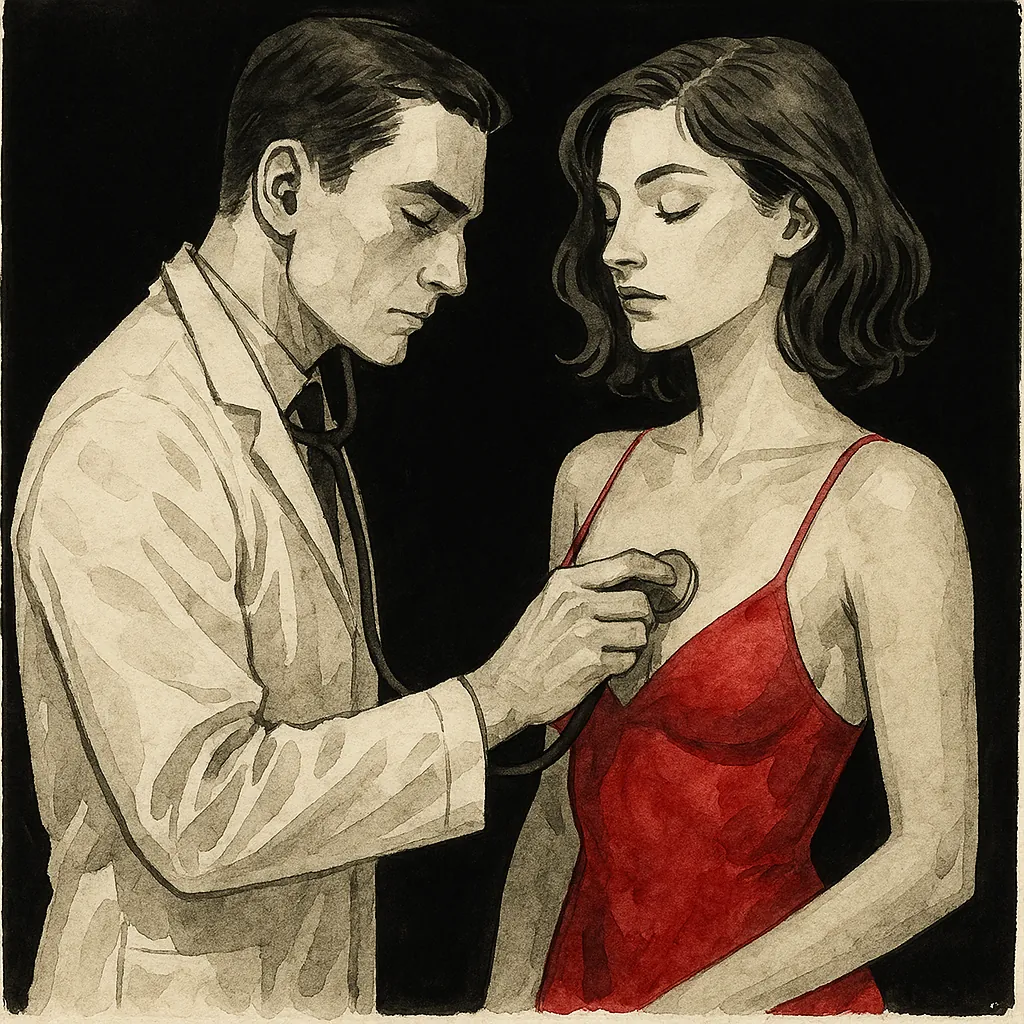
Authority and attachment. Medical scenes are classic "authority" role-plays: physician/nurse/therapist and patient. That doesn't automatically mean cold detachment; the tone can be firm, nurturing, or both. When we bracket a scene with rituals (the "exam begins," "the exam is over"), we create a container for intense feelings, shame, dependency, pride, surrender, so they can be experienced safely. (This echoes best-practice advice from kink educators to mark scene boundaries with a tangible signal.) These power dynamics share elements with gentle domination approaches that emphasize care within structure.
Fantasy ≠ consent waiver. As Perel often reminds us, fantasies are places we visit, not contracts we sign. In consensual kink, we act as if power is unilateral while retaining the real-world power to pause or stop. That's how kink is decisively not abuse.
Stigma and healthcare. Many kink-oriented people avoid telling clinicians about marks or activities, which can compromise care. Research with kink-identified patients shows stigma shapes whether people come out to providers; kink-aware care improves outcomes. If you do sustain a scene-related injury, you deserve nonjudgmental treatment, bring neutral language ("I was playing with needles; here's when/how") if that helps.
A tour of common medical-play themes (from low to higher risk)
What follows is descriptive, not prescriptive. Start conservative; escalate slowly; get training for anything that breaks skin or enters the body.
1) Aesthetics & atmosphere (low risk)
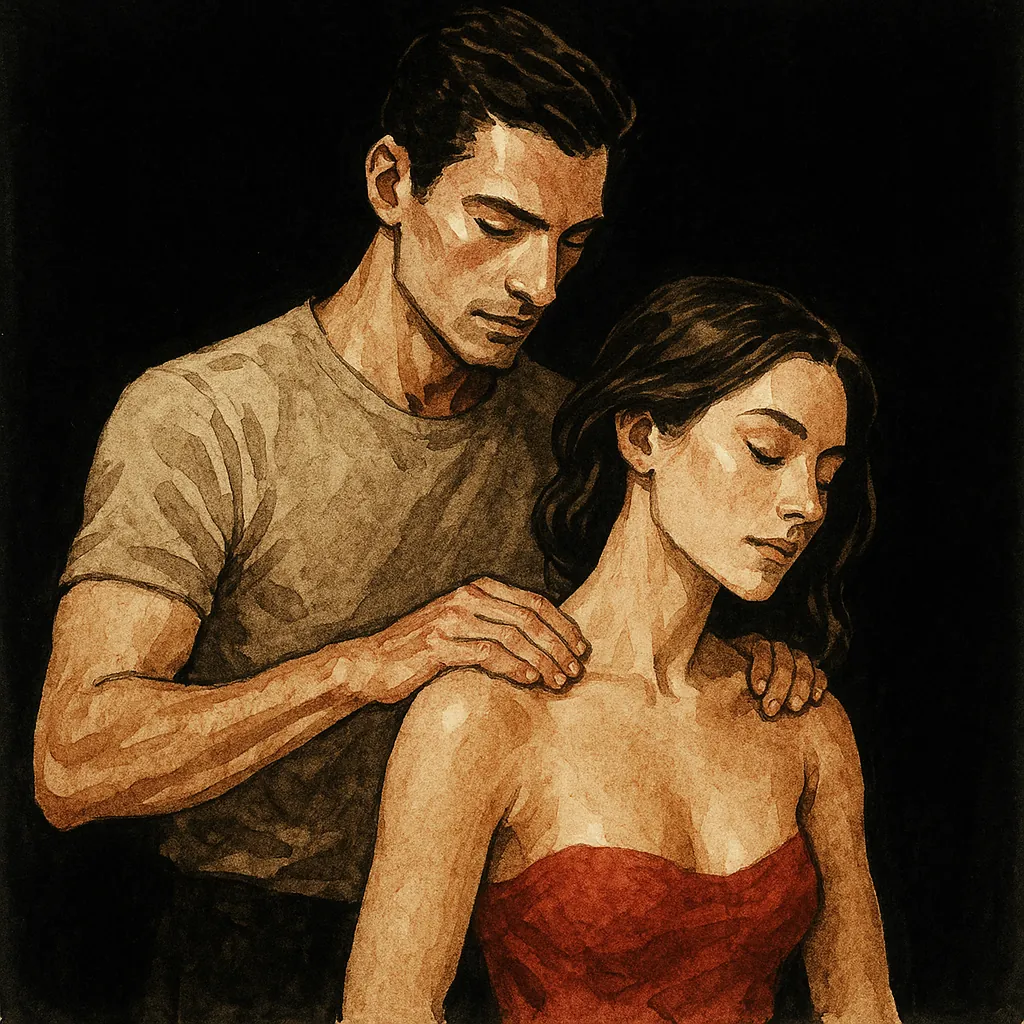
-
Ward fantasies & dress-up: scrubs, lab coats, gloves, masks, drapes, drips (without actual fluids), clipboard scripting.
-
Check-in rituals: vitals (BP cuff, thermometer, pulse oximeter), intake questionnaire, and a "chief complaint" (the seed of your story).
-
Auscultation: stethoscope on chest/back; eroticized listening, power of attention.
This is splendid territory for beginners: erotic mind-games, minimal body risk. Definitions & examples abound in general overviews and mainstream publications.
2) Role-play exams & positioning (low to moderate risk)
-
General/gyn/dental vibes: exam table (or a firm bed), stirrups (purpose-made only), lights, mirrors.
-
Scripted boundaries: how exposed, for how long, which language is affirming vs. humiliating.
This level of roleplay often incorporates elements of restraint and positioning. If you're interested in exploring restraint further, consider our comprehensive bondage guide for safe techniques.
This is where negotiation matters. Scene tone can range from nurturing to clinical sternness. Always make privacy, dignity, and consent explicit, consensual exposure is not public indecency, but keep it private and lawful. (For broader consent framing, the NCSF's Consent Counts project is invaluable, from the National Coalition for Sexual Freedom.)
3) Temperature & sensation (low to moderate risk)
-
Thermometers (external), metal specula (room temp vs. warmed), gel packs, massage tools.
-
Gloved touch, palpation, reflex hammers, tuning forks.
Watch for skin integrity, mucosa sensitivity, and existing conditions. Stay outside the urethra, anus, and cervix unless you truly know what you’re doing and have negotiated it.
4) Electrical play / E-stim (moderate risk; serious contraindications)
Erotic electrostimulation uses devices like TENS/EMS or dedicated e-stim boxes; violet wands create a high-frequency, low-current "spark" sensation. Risks include burns, cardiac interference, and device interference (pacemakers/ICDs/insulin pumps). Established cautions include avoiding current through the chest/heart, avoiding implants, and being extra cautious with epilepsy, pregnancy, or impaired sensation. Cardiac devices pose particular risks. Use made-for-body devices only; never DIY mains power. Violet wands have specific safety considerations.
Tumblr's safety mood in six words: "Stay safe when playing with strangers."
5) Enemas (moderate risk; medical cautions)
Enemas are medical procedures with real risks: electrolyte imbalance, mucosal injury, infection, even perforation if misused. Medical sources advise caution, especially with sodium-phosphate formulas, frequent use, or underlying conditions. If you play here: use safe volumes/solutions, sterile nozzles, plenty of lube, and a gentle hand; know when to stop. If you're not sure, don't. Health professionals warn about intestinal risks and home safety considerations.
6) Urethral sounding / catheter play (higher risk; advanced only)
Arousing for some, but urologists flag high complication risks (UTIs, trauma, strictures). If you explore this at all, specialized training, sterile single-use equipment, and conservative technique are essential, and many professionals recommend avoiding it altogether. If you experience burning, fever, difficulty urinating, or blood, seek medical care promptly. Stricture complications are well-documented in urology literature.
7) Play-piercing / needle play (higher risk; advanced only)
Play-piercing uses single-use, sterile hypodermic needles to create temporary patterns or sensations. It carries infection and injury risks; learn from reputable educators, use clean technique, and have a sharps disposal plan (FDA-cleared containers; never in household trash). The Association of Professional Piercers' manuals offer relevant hygiene baselines. The FDA provides guidelines for safe sharps disposal.
A practical needle-play note from a community educator: "In play, we use clean technique… choose sterile and/or single-use supplies whenever reasonable."
Consent architecture: how to negotiate a medical scene
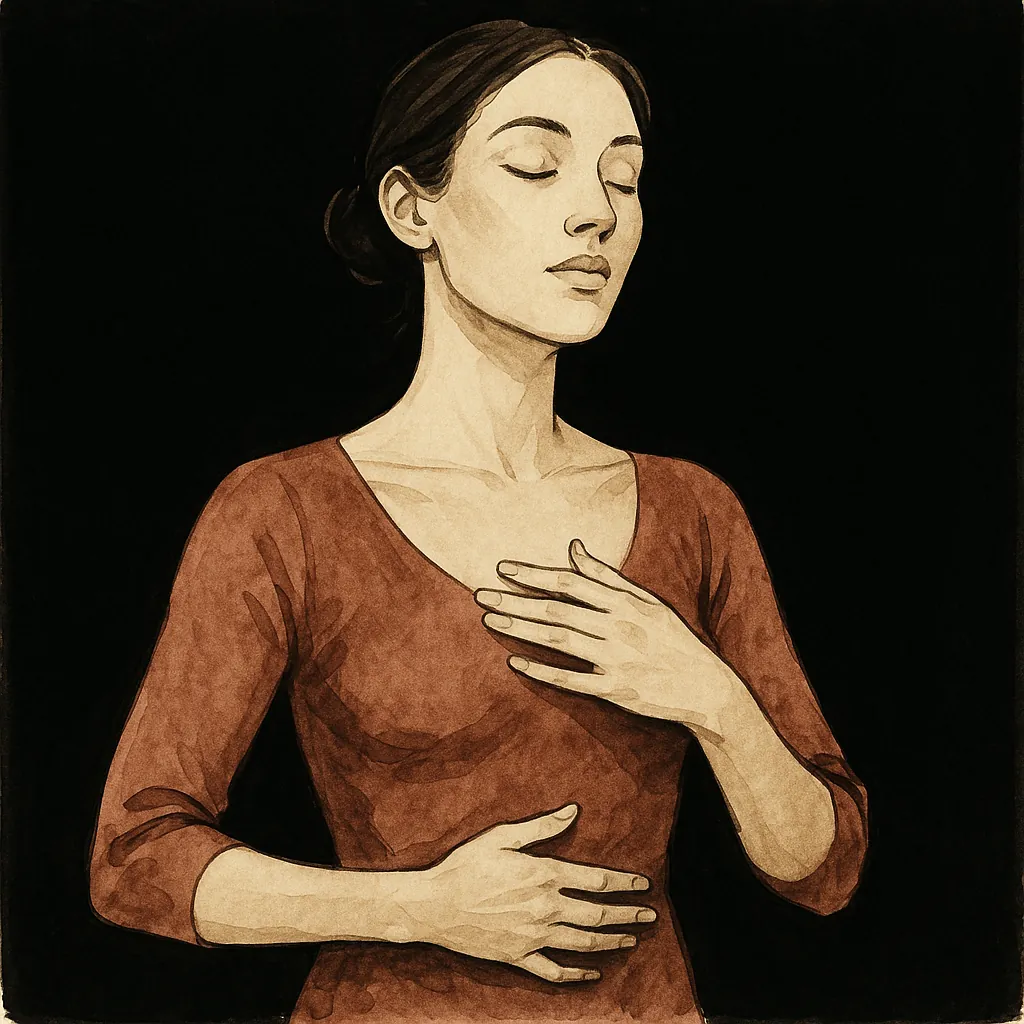
Start with desires, not just limits. What's the quality of attention you want, clinical, caretaking, exacting, indulgent? What's the fantasy arc, intake, exam, "treatment," discharge? Understanding and establishing clear boundaries forms the foundation of any intimate scene.
Use a Yes/No/Maybe list. These checklists help couples specify acts, roles, language, triggers, and aftercare preferences. They're a staple in kink and helpful in vanilla sex therapy too.
Script your safety.
-
Safewords (Red/Yellow/Green) and non-verbal signals (tap-outs, object drop).
-
Scene markers: a visible cue (collar, tie, glove) signals “we’re in role now” and “we’re out.”
-
Timeboxing & check-ins: especially vital for first-timers or trauma survivors.
-
Aftercare plan: who needs what, and when (snacks, warmth, quiet, reassurance).
As one Reddit advice comment puts it succinctly: "Aside from educating yourselves and talking, talking, talking, my advice is to start with something a lot less intense…"
Trauma-informed framing. Some find that revisiting clinical dynamics in consensual form feels reparative; others find it triggering. Both are valid. Research suggests kink can correlate with reduced stress hormones, altered states, and well-being for many, but kink is not therapy; if you suspect trauma activation, work with a kink-aware therapist.
Safety & hygiene: the non-negotiables
Think like a risk manager and a caregiver.
1) Environment & gear
-
Clean surface (disinfected) and good lighting.
-
Gloves for any mucosal contact.
-
Single-use disposables whenever feasible (needles, tips).
-
Purpose-built equipment only (e.g., e-stim, stirrups). Avoid hardware-store improvisations.
2) Fluids & sharps
-
Sharps protocol: FDA-cleared containers; immediate disposal; never recap; never trash. CDC guidelines apply.
-
Barrier methods: condoms on insertables, gloves for anal/vaginal penetration, dams for oral, basic safer-sex wisdom applies in medical play, too. (Even Tumblr gets this right in sex-ed posts.)
3) E-stim & heart safety
-
Avoid current paths across the chest/heart.
-
Absolute no with pacemakers/ICDs or implanted pumps.
-
Beware epilepsy, pregnancy, impaired sensation; consult a clinician if uncertain. Heart device interference is documented.
4) Enemas
- Respect medical cautions (electrolytes, perforation risk). No DIY chemicals. If you feel pain, stop. Home safety considerations apply.
5) Urethral sounding/cath
- Understand stricture risk; many urologists discourage this entirely. If you proceed, get trained, use sterile supplies, and monitor for UTI signs. Mayo Clinic documents complications.
6) Needles
- Sterile, single-use needles; proper skin prep; immediate sharps disposal. Learn from body-piercing standards (APP) and reputable classes.
7) Red lines
- Breath control/choking: high risk of injury or death; many educators advise against. If you're tempted, read harm-reduction resources first and strongly consider no-go.
Aftercare: closing the loop with tenderness (for tops and bottoms)
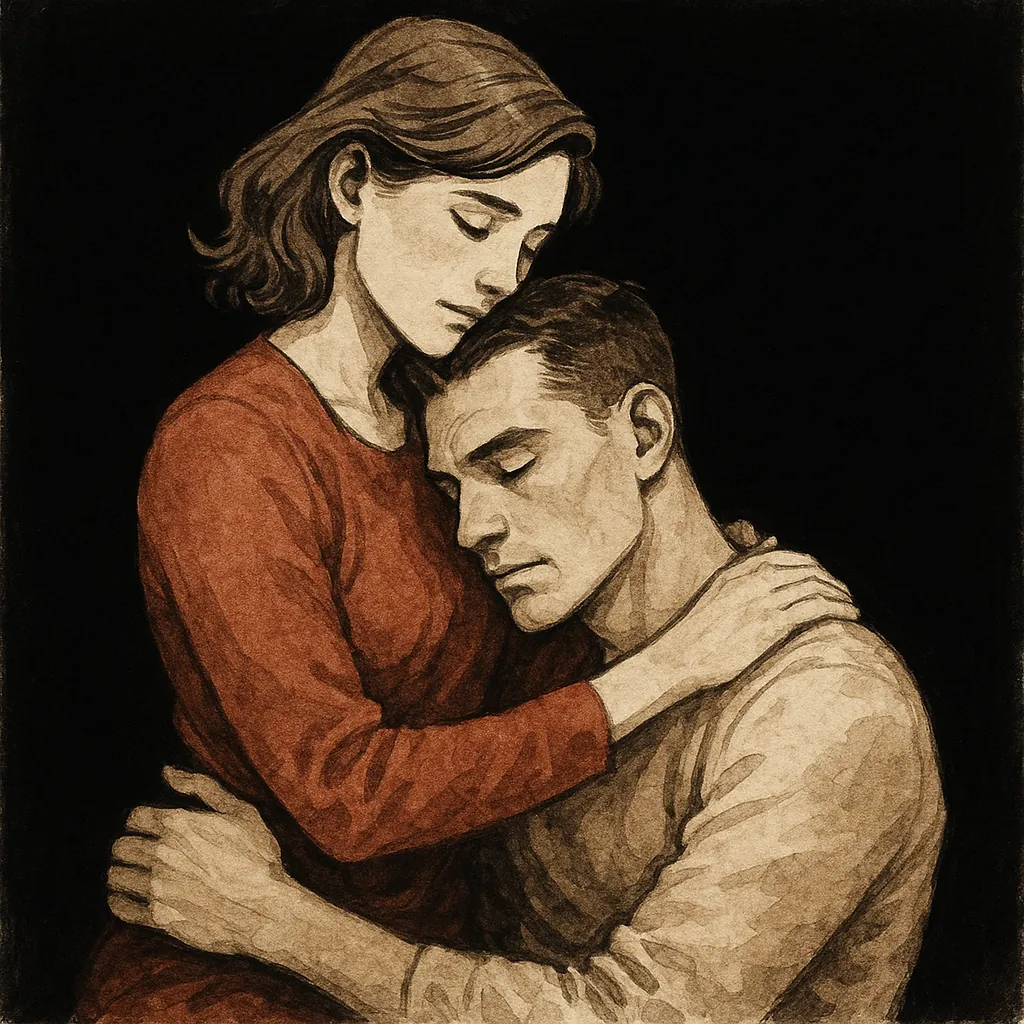
Medical scenes can evoke big neurochemical swings (adrenaline, dopamine, oxytocin). Aftercare helps both partners land. Prepare before you start: blankets, electrolytes, sweet snacks, water, a quiet playlist, and time to debrief. Research and sex-ed sources emphasize post-scene emotional "drop" and the value of structured decompression. Student publications, health platforms, and comprehensive sex education resources all emphasize its importance.
A simple debrief script:
-
What moments felt especially good or meaningful?
-
Where did we feel uncertain?
-
Anything we want to change next time?
-
What do you need tonight or tomorrow (text check-ins, extra cuddles, space)?
Getting started: a gentle, grounded progression
Phase 1: The vibe
-
Set the scene: soft lighting, a tray with neatly arranged (clean) tools, a consent form as a prop.
-
Begin with vitals, listening, questions about "symptoms."
-
End with a warm blanket, a note on "treatment plan" (wink).
(Low risk, high eroticism; great for beginners. For more comprehensive guidance, see our complete scene preparation guide.)
Phase 2: Structured contact
-
Palpation with gloves, reflex testing, external thermometers, positioning practice (how to ask for consent before uncovering a body part).
-
Introduce stethoscope, otoscope (external), and dental mirror for look-don't-touch tease. Consider incorporating blindfold play to heighten the sensory experience.
Phase 3: Sensation devices
- Consider TENS pads on the thighs or butt (avoiding chest/neck/face/genitals at first). Establish intensity limits and safe language. Respect all contraindications.
Phase 4: Advanced or invasive play
- Only after training and mentorship: enemas, play-piercing, urethral play. Vet your sources meticulously; consider workshops through reputable educators and piercers. (Examples: APP materials for hygiene; specialist classes in needle play.)
Language, fantasy, and ethics
Scripts matter. Words in medical play hover between soothing ("You're safe; I'm here.") and authoritative ("Hold still; I need to examine you."). Negotiate tone words up front, what's erotic, what's neutral, what's off-limits. The scripted nature of medical play shares similarities with other structured roleplay scenarios, where dialogue and persona development enhance the experience.
Fiction ≠ endorsement. Tumblr and fanfic are full of medical kink; it's a playground of ideas, not a safety manual. Even fan communities note boundaries: "A non-profit organization primarily focused on the rights of consenting adults…" (NCSF's Tumblr tagline) is a useful north star if you're wandering through spicy content.
Community wisdom is mixed, and that's okay. One Tumblr diarist wrote, "I'm still blissed-out to be perfectly honest," after a medical play event; others caution hard against high-risk practices. Hold both truths: curiosity and caution.
Relationship skills for medfet: how couples keep this connective
Curiosity over certainty. Ask, “What does this scene help you feel?” Is it surrender? Being seen? Being contained? Being adored? Speak from the why.
Co-create roles. Your "doctor" might be a brisk, exacting professional or a tender caregiver. Your "patient" might be shy, bratty, eager, or stoic. Swap, switch, experiment. For those exploring the submissive patient role, elements may align with broader submissive training principles around following instructions and surrendering control.
Make it reparative (if desired). Some survivors find that consensual reenactment with control, permission, and tenderness is healing; others don't want clinical vibes anywhere near their erotic lives. Respect both paths, and pace slowly. (A thoughtful Reddit comment on trauma/kink echoes this: shame softens when we regain control and choose what to reenact; still, avoid risky procedures with strangers or untrained partners.)
Troubleshooting: common snags & therapist tips
"I feel silly at the start." Ritual helps. A glove snapped on; a stethoscope placed; a clipboard question asked. It's a doorway. Many couples "act as if" for 2 to 3 minutes; arousal often follows.
“I want intense scenes, my partner’s cautious.” The medicine metaphor is your friend: titrate. Start with micro-doses (a 5-minute mini-exam), review afterwards, and slowly escalate.
"I had a drop the next day." Normalize it; plan for it. Text check-ins, a cozy bath, protein + hydration, gentle movement, and reassurance often help.
“We disagree about what’s safe.” The more conservative partner’s limit wins. Revisit later with new info or training.
Curated resources (evidence, education, and community)
-
What it is: Overviews of medical fetish and common elements. Wikipedia, Men's Health, Consent Culture
-
Kink ≠ disorder: DSM-5 distinctions and reviews. American Psychiatric Association, PMC, J Am Acad Psychiatry Law
-
Well-being: Psychological characteristics of BDSM practitioners (lower neuroticism/higher SWB). PubMed
-
Kink & stigma/healthcare: TASHRA studies/resources; kink-aware care. PubMed, TASHRA.org
-
E-stim safety: Contraindications and implant cautions (university hospital guidance; Heart Association). UI Healthcare, Heart.org
-
Violet wands: Safety points and implant warnings. violetwands.com
-
Sharps: FDA/CDC on safe disposal. U.S. Food and Drug Administration, CDC
-
Enemas: Medical cautions. Cleveland Clinic, MedicineNet
-
Urethral sounding risks: Urology cautions and stricture info. Medical News Today, Mayo Clinic
-
Aftercare: Definitions and practicals. Wikipedia, Scarleteen
-
Consent frameworks: NCSF Consent Counts; Yes/No/Maybe lists. Prostasia Foundation, Wikipedia
Community voices (short reads, for flavor, not safety manuals):
-
Reddit threads on medfet appeal and consent pacing. Reddit+1
-
Tumblr sex-ed and scene diaries; NCSF on Tumblr. Kink education, scene experiences, NCSF
A sample beginner scene (script you can adapt)
Pre-scene (5 min):
-
Agree on safewords, check contraindications (no e-stim near chest/implants).
-
Decide tone: “warmly clinical.”
-
Prepare aftercare (blanket, water, snack, 15 minutes of cuddle/debrief).
Scene (10 to 15 min):
-
Intake: “What brings you in?” Patient names a “mystery ache” (wink).
-
Vitals: BP cuff (no over-tightening), pulse oximeter, temperature (external).
-
Auscultation: Slow breathing, mutual gaze breaks for modesty as needed.
-
Focused exam: Gloved palpation over agreed areas (no genital penetration), a penlight inspection.
-
Treatment: A “prescription” (rest, hydration, kisses), a bandage placed ceremonially somewhere neutral as a “site.”
-
Discharge: Remove gloves, announce “exam ended,” cover patient, hold hands.
Aftercare (15 to 30 min):
-
Water, snacks, blanket; ask, “What felt best? Anything to adjust?”
-
Plan a text check-in the next day.
If you're the partner who's not sure yet
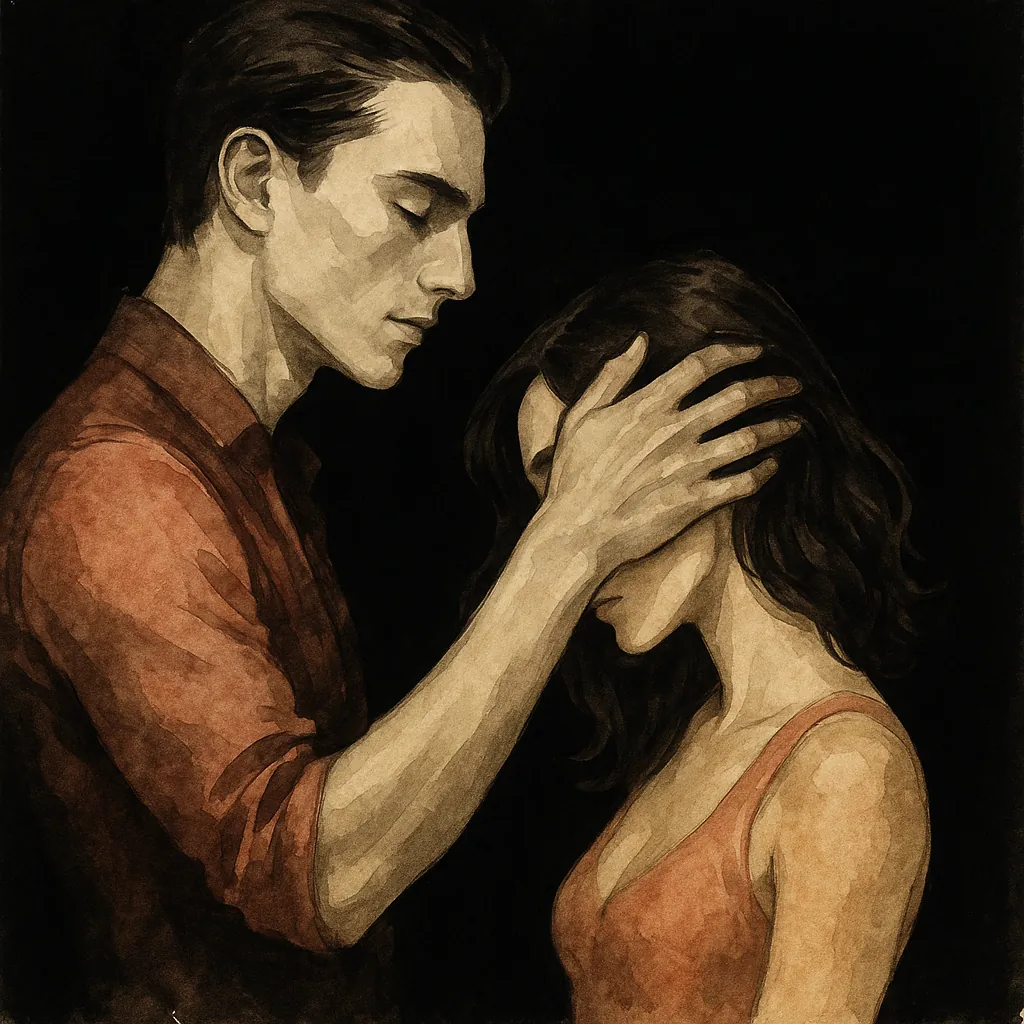
Let me speak directly to you. You don't have to be a "natural dominant" or a "born nurse" to collaborate here. You only have to be curious and caring. Ask your partner: “What does this scene do for you emotionally?” If their answer is “I feel tended to,” you already know how to do that. If it’s “I feel contained,” that’s about structure and timing, not cruelty. If it’s “I feel examined,” consider what it means to offer your attentive gaze, to look with consent and reverence.
And if any part of you goes nope, your no matters. Desire grows in the soil of mutual respect. Try the aesthetics only version first. You might surprise yourselves.
The bottom line
Medical fetish is where care and control braid into one erotic rope. It's a space for role-play as theater, for ritual as intimacy, for attention as arousal. Done well, it's also a masterclass in communication. As one Tumblr writer mused after a medfet night, "I'm still blissed-out to be perfectly honest." May your scenes leave you not only turned on, but also more connected, to your partner, and to the parts of you that long to be seen, held, and handled with care.